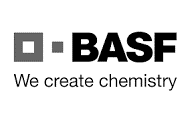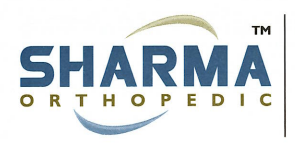HS Classification of Anti-Bacterial Mouthwash(3004 or 3306)?
Calling on Customs experts and HS Classification Gurus to Comment on whatsapp +254708751955 or Email:mmc@janronconsult.com
Summary
1) Chlorhexidine gluconate is an essential medicine recognised worldwide. It imparts the essential character to the product. Refer to the analysis of the ingredients in Mouthwash D.
2) There are two major types of mouthwash. 1) for cosmetic purpose, classifiable in heading 33.06 2) for therapeutic purpose, with active ingredients, classifiable in heading 30.04
3) Chlorhexidine is a cationic surfactant, it has antiseptic, disinfectant, bactericidal or germicidal properties. Cationic surfactant with these properties is to be classified in heading 30.04.
4) The WCO, has classified preparations with chlorhexidine under 3004.90.
5) The WCO Rulings indicate that not all mouth washes are to be classified under heading 33.06. The determinant is the pharmacological activity of the product.
6) The packaging and literature on the product satisfy all the requirements for pharmaceutical products as per the chapter 30 explanatory notes.
7) Mouthwash D contains Chlorhexidine gluconate 0.12% m/v and is indicated for Post periodontal surgery to prevent bacterial infection, reduce biofilm formation and gingival inflammation after surgery (attached is an abstract on Efficacy of Chlorhexidine rinses after periodontal or implant surgery for your ease of reference).
Chlorhexidine gluconate also controls dental plague, prevents gum disease, and eliminates halitosis and is generally prescribed by a dentist or pharmacist upon diagnosis of the above-mentioned medical conditions.
Is oral/dental hygiene of heading 3306 equivalent to treatment of oral/hygiene diseases
Let us go back to Primary School. What does Oral/Dental hygiene Mean in simple plain English
1)What does oral/dental hygiene in the terms of heading 33.06 mean: Oral hygiene is the practice of keeping your mouth clean and disease-free. It involves brushing and flossing your teeth as well as visiting your dentist regularly for dental X-rays, exams, and cleanings. Oral hygiene is the practice of keeping one’s mouth clean and free of disease and other problems (e.g., bad breath) by regular brushing of the teeth (dental hygiene) and cleaning between the teeth. It is important that oral hygiene be carried out on a regular basis to enable prevention of dental disease and bad breath. The most common types of dental disease are tooth decay (cavities, dental caries) and gum diseases, including gingivitis, and periodontitis.
2)What does hygiene mean: Hygiene is a series of practices performed to preserve health. According to the World Health Organization (WHO), “Hygiene refers to conditions and practices that help to maintain health and prevent the spread of diseases.” Personal hygiene refers to maintaining the body’s cleanliness.
One of the difficulties of HS is meaning of English words.








